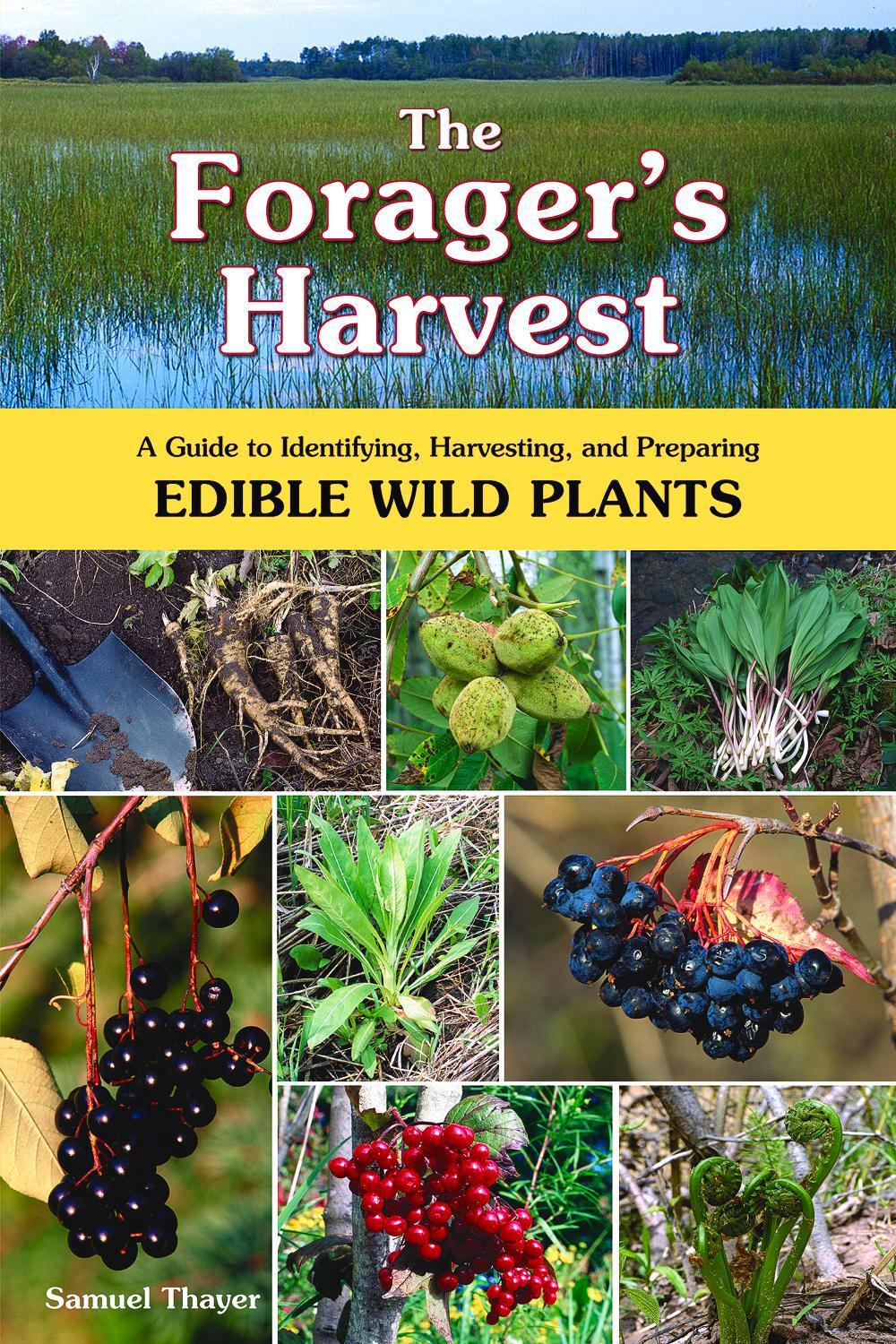Wild garlic, also known as ramsons, is a hidden treasure that can be found in abundance during the spring. It’s a versatile and flavorful herb that can be used in a variety of dishes. But foraging for wild garlic can be tricky, as it can easily be mistaken for other, more toxic plants. If you’re new to foraging, it’s a great idea to start with wild garlic, which is relatively easy to identify. Here’s a guide to help you get started.
Navigating the Challenges of Wild Garlic Foraging

Wild garlic can be found in a variety of habitats, including woodlands, meadows, and along riverbanks. It’s often found in moist, shady areas. However, without proper knowledge and precautions, foraging for wild garlic can pose challenges, such as misidentification of similar-looking plants and potential exposure to harmful substances in the environment.
To address these challenges, it’s crucial to thoroughly research and educate yourself on wild garlic’s distinct characteristics to avoid confusion with toxic lookalikes. Additionally, choose foraging locations away from roads or polluted areas to minimize exposure to contaminants.
Wild Garlic: A Culinary Delight and Medicinal Herb

Wild garlic is a member of the onion family and has a distinctive garlicky flavor. It’s a versatile herb that can be used in a variety of dishes, including soups, stews, salads, and pestos. Wild garlic is also a good source of vitamins A and C, as well as iron and magnesium.
In addition to its culinary uses, wild garlic has also been used medicinally for centuries. It’s said to have antibacterial, antiviral, and antioxidant properties. Wild garlic has also been shown to help improve digestion and reduce inflammation.
History and Folklore of Wild Garlic: A Journey Through Time

Folklore and mythology are deeply intertwined with wild garlic, adding a mystical charm to its presence. In Celtic cultures, it was believed to possess protective powers and was often used in rituals. It was also associated with fairies and was said to bring good luck when carried.
Throughout history, wild garlic has been prized for its medicinal properties. Ancient Egyptians used it to treat a range of ailments, while medieval herbalists employed it as a cure for everything from headaches to wounds.
Unveiling the Secrets of Wild Garlic: A Guide to Safe Harvesting

Wild garlic is most commonly found in the early spring, typically from March to May. It grows in damp, shady areas, such as woodlands and along riverbanks. When foraging for wild garlic, it’s essential to be able to correctly identify it to avoid any confusion with similar-looking and potentially toxic plants.
Look for plants with long, slender leaves that have a distinct garlic-like smell. The leaves should be a deep green color, and the plant should have a white bulb at the base. Once you’ve identified wild garlic, you can carefully dig up the bulbs or harvest the leaves as needed.
Tips for Harvesting the Wild Garlic Bounty

When harvesting wild garlic, it’s crucial to practice ethical and sustainable methods to preserve this precious resource for future generations. Here are a few tips to keep in mind:
Only harvest what you need, leaving enough behind for other foragers and wildlife. When digging up bulbs, use a trowel or spade to minimize damage to the plant and surrounding ecosystem. Harvest the younger, tender leaves for optimal flavor and nutritional value.
Wild Garlic in the Kitchen: A Culinary Adventure
Wild garlic is an incredibly versatile ingredient that can add a burst of flavor to various dishes. Its unique garlic-like taste pairs well with a range of ingredients, making it a beloved addition to many culinary creations. Here are a few ideas to inspire your wild garlic cooking adventures:
Use the leaves to make a flavorful pesto, adding nuts, herbs, and olive oil for a vibrant sauce to accompany pasta, grilled meats, or vegetables. Create a zesty wild garlic mayonnaise by combining mayonnaise, wild garlic leaves, and a touch of lemon for a tangy condiment to complement sandwiches, wraps, or seafood.
Wild Garlic: From Foraging to Culinary Delights

Wild garlic holds a special place in the hearts of foragers, chefs, and nature enthusiasts alike. Embarking on a foraging adventure to harvest this springtime treasure can be a rewarding experience. By following ethical harvesting practices and utilizing wild garlic’s versatility in the kitchen, you’ll not only enjoy its culinary delights but also forge a deeper connection with the natural world.
Frequently Asked Questions about Wild Garlic

To further enhance your understanding of wild garlic, here are some commonly asked questions and their answers:
Q: How can I distinguish wild garlic from other similar-looking plants?
A: Wild garlic has long, slender leaves with a distinct garlic-like smell. The leaves have a smooth, shiny surface and are arranged in a basal rosette.
Q: What are the potential health benefits of wild garlic?
A: Wild garlic is a good source of vitamins A and C, as well as iron and magnesium. It also has antibacterial, antiviral, and antioxidant properties.
Q: Can I harvest wild garlic year-round?
A: No, wild garlic is primarily available in the early spring, typically from March to May.
Conclusion of – Harvesting The Hidden Treasure: A Guide To Wild Garlic Foraging

Wild garlic, a hidden treasure of the natural world, awaits those who venture into the realm of foraging. Its unique flavor and versatility make it a culinary delight, while its historical and medicinal significance add depth to its allure. With careful identification and ethical harvesting practices, you can embark on an enriching experience that brings you closer to nature and enriches your culinary creations.

